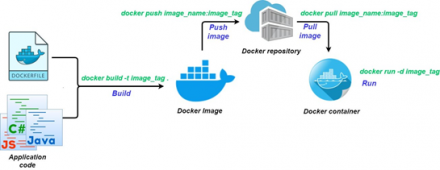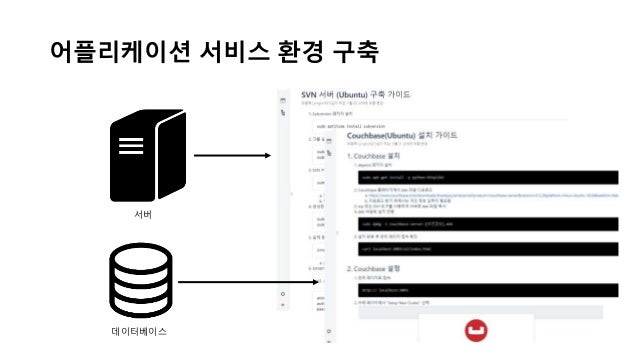

If not, then the problem could be with one of the third-party services. If this is the case, upon starting the pod you’ll see the message: send request failure caused by: PostĬheck the syslog and other container logs to see if this was caused by any of the issues we mentioned as causes of CrashLoopBackoff (e.g., locked or missing files). Sometimes, the CrashLoopBackOff error is caused by an issue with one of the third-party services. Issue with Third-Party Services (DNS Error) When migrating a project into a Kubernetes cluster, you might need to roll back several Docker versions to meet the incoming project’s version. Thus, you can prevent deprecated commands and inconsistencies that trip your containers into start-fail loops. You can reveal the Docker version using -v checks against the containerization tool.Ī best practice for fixing this error is ensuring you have the latest Docker version and the most stable versions of other plugins.
#Airflow docker kubernetes how to
Common Causes of CrashLoopBackOff and How to Fix Them Errors When Deploying KubernetesĪ common reason pods in your Kubernetes cluster display a CrashLoopBackOff message is that Kubernetes springs deprecated versions of Docker.
#Airflow docker kubernetes series
This is part of an extensive series of guides about kubernetes troubleshooting. During this process, Kubernetes displays the CrashLoopBackOff error. Depending on the restart policy defined in the pod template, Kubernetes might try to restart the pod multiple times.Įvery time the pod is restarted, Kubernetes waits for a longer and longer time, known as a “backoff delay”. To make sure you are experiencing this error, run kubectl get pods and check that the pod status is CrashLoopBackOff.īy default, a pod’s restart policy is Always, meaning it should always restart on failure (other options are Never or OnFailure). This error indicates that a pod failed to start, Kubernetes tried to restart it, and it continued to fail repeatedly.

In contrast to the Celery Executor, the Kubernetes Executor does not require additional components such as Redis and Flower, but does require the Kubernetes infrastructure.

The worker pod then runs the task, reports the result, and terminates. When a DAG submits a task, the KubernetesExecutor requests a worker pod from the Kubernetes API. The KubernetesExecutor requires a non-sqlite database in the backend, but there are no external brokers or persistent workers needed.įor these reasons, we recommend the KubernetesExecutor for deployments have long periods of dormancy between DAG execution. The KubernetesExecutor runs as a process in the Scheduler that only requires access to the Kubernetes API (it does not need to run inside of a Kubernetes cluster).


 0 kommentar(er)
0 kommentar(er)
